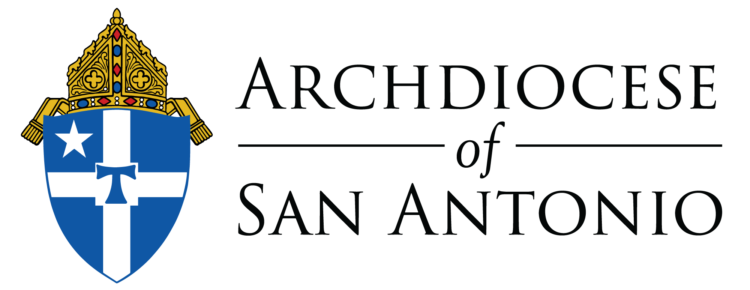It is our belief as Catholic people that we can bring a message of faith, hope, justice, and reconciliation to all affected by the tragedy of crime and violence whether they are offenders, victims, or public servants. Criminal Justice Ministry (CJM) for the Archdiocese of San Antonio recruits, screens, and trains volunteers from parishes throughout the archdiocese to minister both inside the walls and in the community. In order to serve this special population, we work directly with our parishes and offer formation and on-going education to help people understand the needs of those we serve. As Catholics, we are called to social ministry and must act with justice, love tenderly, serve one another, and walk humbly with God.
The CJM Program focuses on 4 areas:
- Organize and lead Catholic worship, prayer and catechetical programs for the adult and youth offenders and Kolbe Retreats in the state prisons
- Provide parish support through re-entry services to families, victims and all others impacted by crime in the community
- Assist ex-offenders and their families, including those on parole and probation, with basic needs and spiritual direction
- Support community efforts to address various social justice issues
Incarceration Facilities & Ministry Efforts
Volunteer with Criminal Justice Ministry
Within the 19 counties of our archdiocese, there are 34 incarceration facilities with over 10,000 Catholics making our prison population one of the largest “parishes” in the archdioceses. In addition, two immigrant centers are also served. Needless to say, it takes many dedicated volunteers (lay, religious and clergy) who are willing to minister to these fellow Catholics through worship services, prayer, and teaching. If you feel God is calling you to this ministry and would like more information about the various areas to service, contact Deacon Adrian Cepeda or learn more here.
Welcome Home Training
The Bexar County Faith-Based Reentry Committee has developed “Welcome Home Training”, a curriculum which provides an understanding of those in the Criminal Justice system, safety and boundaries issues, and pastoral care skills. If your parish would like to participate in this training, please contact Deacon Adrian Cepeda for further details. The training for parish volunteers will provide the do’s and don’ts to effectively minister, and offer spiritual support to the formerly incarcerated, so they receive acceptance and love, which is the foundation for positive change to occur in their lives.
Criminal Justice System
The criminal justice system consists of 3 main parts:
- Law enforcement agencies
- Courts and accompanying prosecution and defense attorneys
- Agencies for detaining and supervising offenders, such as jails, prisons and probation agencies
In the criminal justice system, these distinct agencies operate together as the principal means of maintaining the rule of law within society. Below is information about those detained in US and Texas, their characteristics and impact of drugs on the community.
Criminal Justice System in the United States
- 5% of world’s population, yet almost 25% of world’s prisoners
- 2.2 million in prison or jail
- 4.8 million on probation or parole
- 1 in 110 adults (> 18yr) are incarcerated, 1/23 Black, 1/56 Hispanic, 1/147 white
- 9.6% of the incarcerated are women
- Over 50% have some form of mental illness
- Annual spending on incarceration is about $80 Billion
Criminal Justice System in Texas
- 1 in 25 adults are in prison, jail or on supervision (parole or probation)
- TDCJ operating budget for 2014 was just over $3.2 billion
Characteristics of the Incarcerated
- Reared in a fatherless household
- Physically or sexually abused as a child or young adult
- Drugs and alcohol prevalent in the home
- School drop-out without completing high school
- No faith development in the home
Drug Epidemic & Community Impact
- US consumes 60% of world’s illegal drugs
- $100 billion spent annually on cocaine, heroin, marijuana and methamphetamine
- 16% have used cocaine and 42% marijuana at least once
- 70% of inmates addicted to or abuse drugs/alcohol
- 20% under influence of drugs/alcohol at time of their crime
- Only 11% of inmates with an addiction receive treatment
- 2.7 million children have parent in prison (1 in 14 had a parent incarcerated at one time)
- Upwards of 50% are at high risk to become future prisoners
Questions or Comments?
Deacon Adrian Cepeda
Director for Criminal Justice Ministry
Phone: 210-734-0766
Email: Deacon Adrian












